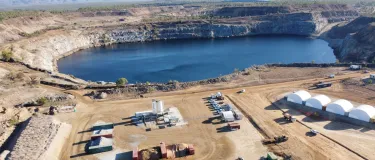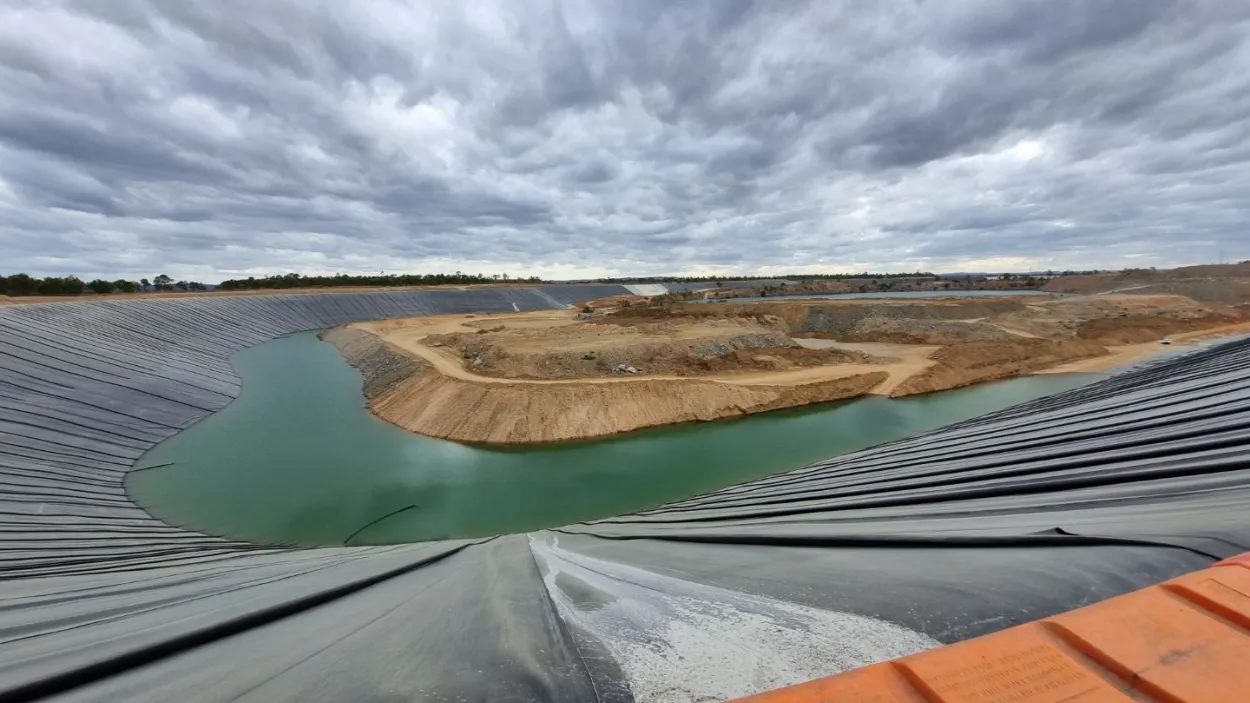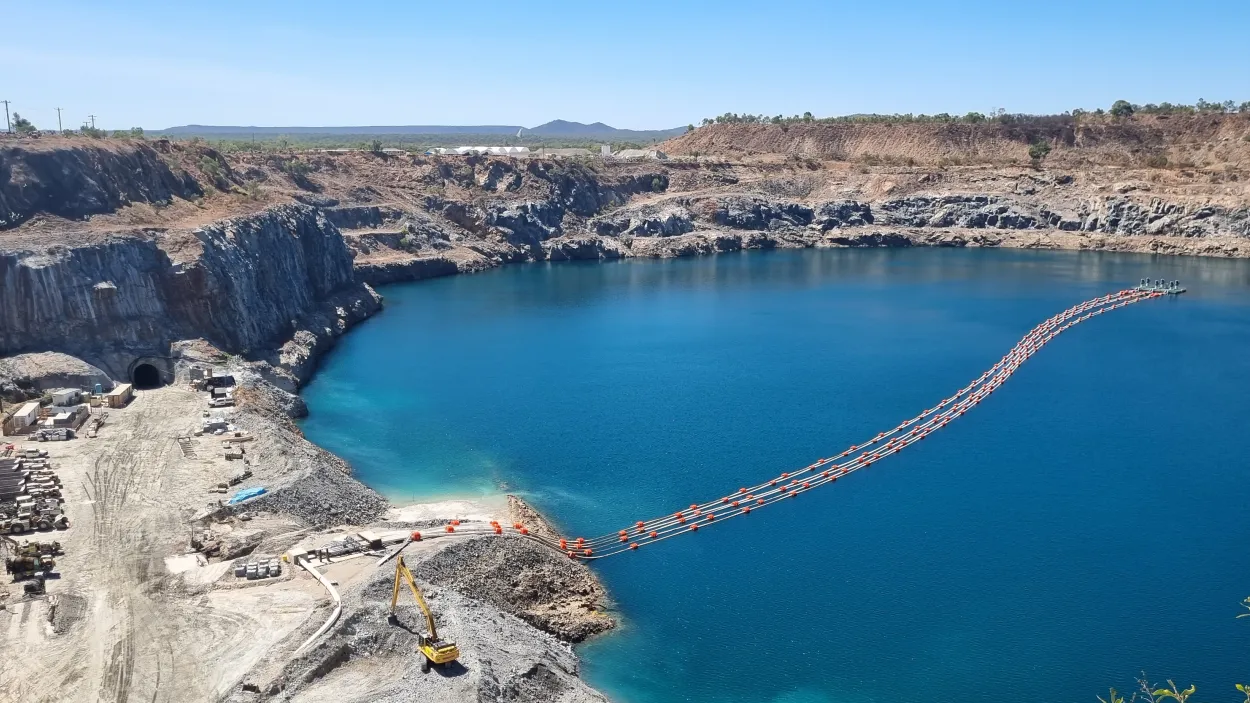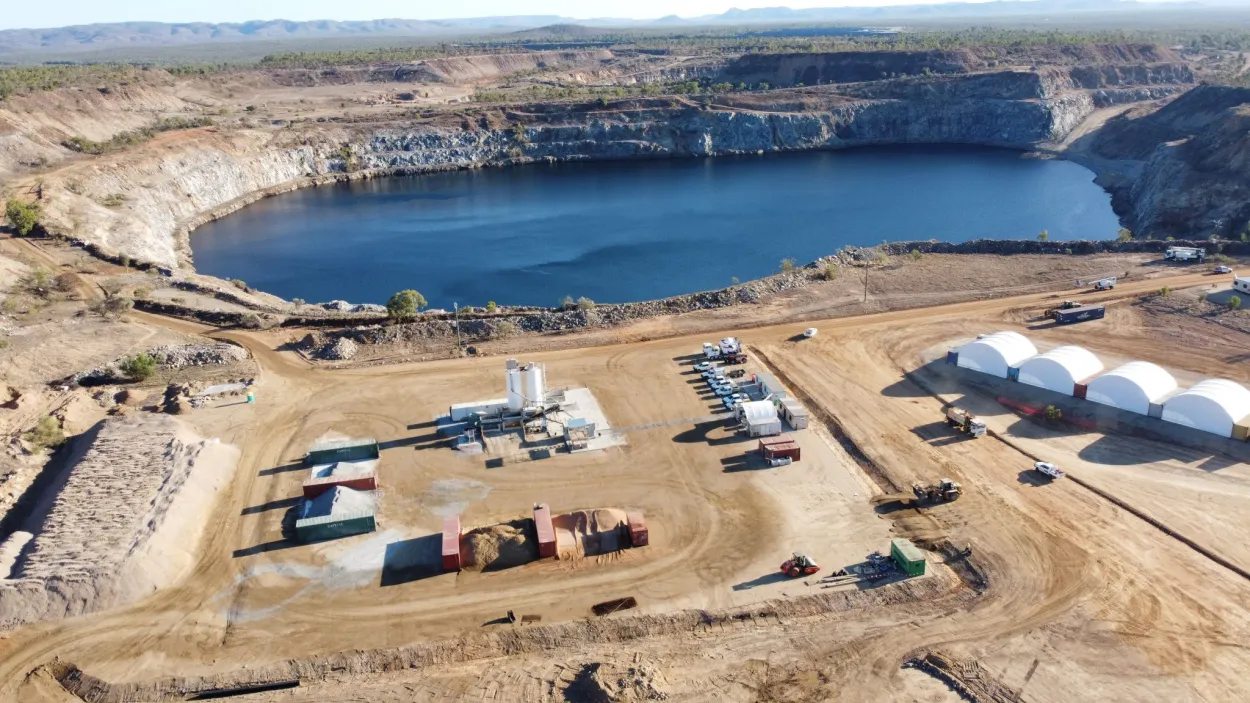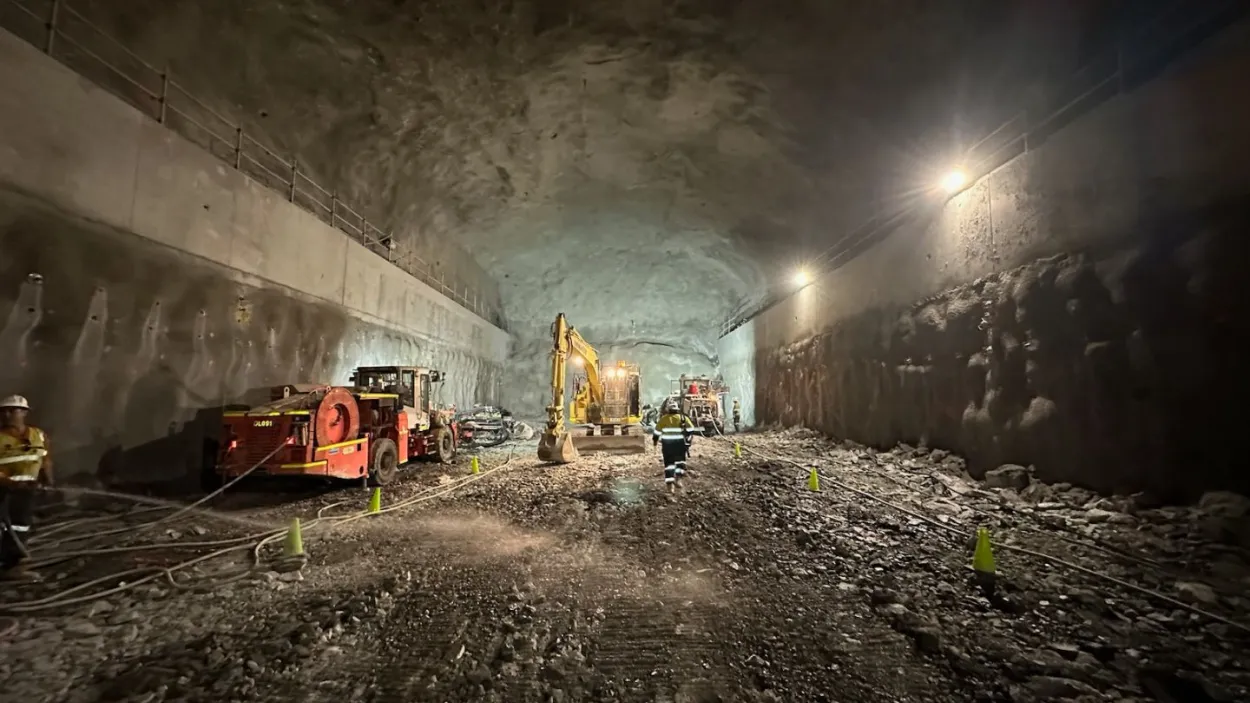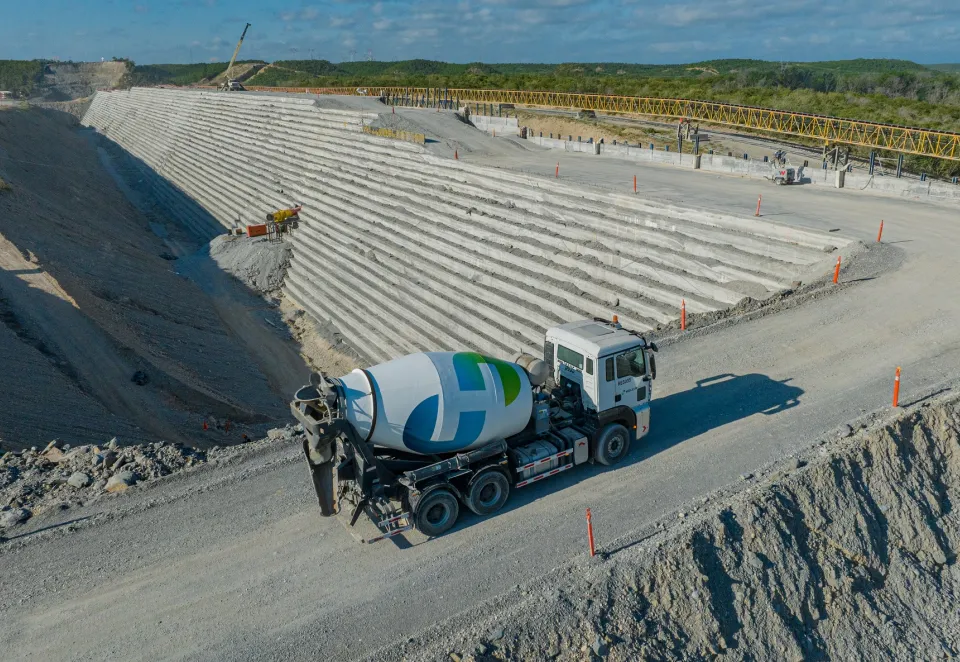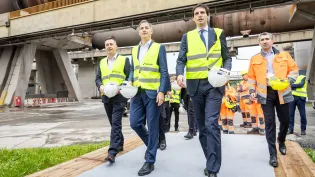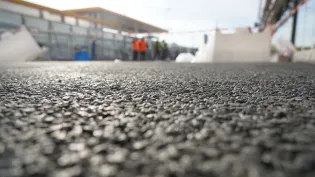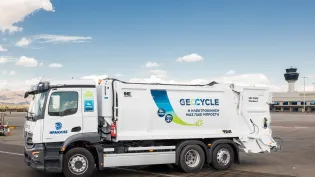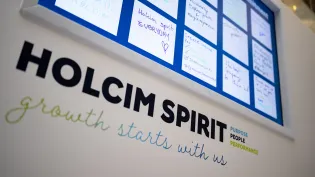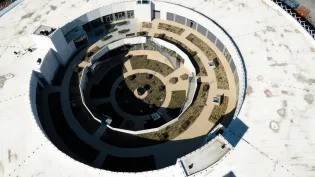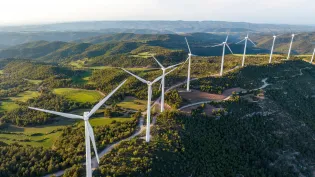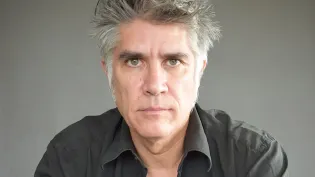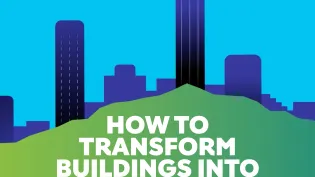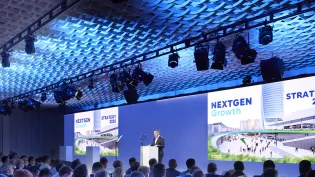Pumped by hydropower: World first circular project has Holcim inside
In Australia’s Sunshine State of Queensland, Alex Graff looks out of the window on another glorious day, with cloudless skies and June temperatures of around 26C.
“This is one of the sunniest countries on the planet, so Australia is ideally placed to include large-scale solar power as a major part of its energy mix,” he says. “But how do you keep the lights on when the sun goes down?”
As National Contracts Manager at Holcim Australia, Alex is working on a crucial infrastructure project that will help to answer this question when it comes online in 2025. Kidston Pumped Hydro Energy Project on Ewamian Country, 280 km north-west of Townsville, is taking shape on the site of a decommissioned gold mine.
Since 2018, Alex and his colleagues have been working with McConnell Dowell and John Holland JV to convert two mining pits to create the world’s first pumped hydro power project in the most circular way possible – with 100% recycled aggregates in all concrete supplied.
Using water to supplement sunshine
In Queensland, 20% of electricity demand was met by renewable sources in 2022 – and one in three households have rooftop solar installed. But when the sun doesn’t shine, coal-fired power is currently needed to meet peak energy demand in the early morning and evening.
From 2025, the Kidston project will be able to meet that demand by offering eight hours of rapid response hydro-generated power. Water is released from one decommissioned gold mining pit – the upper reservoir – via a shaft to drive twin turbines on its way to another pit (the lower reservoir). During the day, when excess renewable power is available, water is pumped back to the upper dam, ready for reuse.
Building renewable infrastructure in a circular way
“Holcim has prioritized sustainability on the project by using 100% recycled aggregates in all supplied concrete used for both surface works and underground in the 2 km access tunnel to the pumphouse,” Alex explains.
Mining spoil waste was crushed, screened and processed on site too, replacing the need for quarry extraction and contributing to a circular economy. The byproduct of the crushing operations has also been repurposed for use in stabilized sand-capping material used on the upper dam of the project.
We’re very proud to be a key delivery partner for such a significant and transformative sustainable energy project here in North Queensland. In such a remote location, often affected by challenging weather conditions, the site team has done a fantastic job thus far to deliver over 100,000 cubic meters of high quality concrete.
Helping achieve Australia’s net-zero target
Sustainable energy projects such as Kidston are essential as Australia works to achieve its 2050 net-zero target. It will help Queensland achieve its renewable energy targets of 70% by 2032 and 80% by 2035.
Once operational, Kidston Pumped Hydro will generate enough energy to power towns with the combined population of Cairns, Townsville and Rockhampton (400,000 people) for eight hours each and every day.
The project will contribute to the stability of the electricity grid by combining renewable energy generation with large-scale energy storage capability. It is also expected to help meet the growing demand for electricity at peak times in Queensland, as well as help alleviate the state’s peak power prices.
It brings other community benefits as well, with the clean energy hub in Kidston set to create 900 direct jobs.





